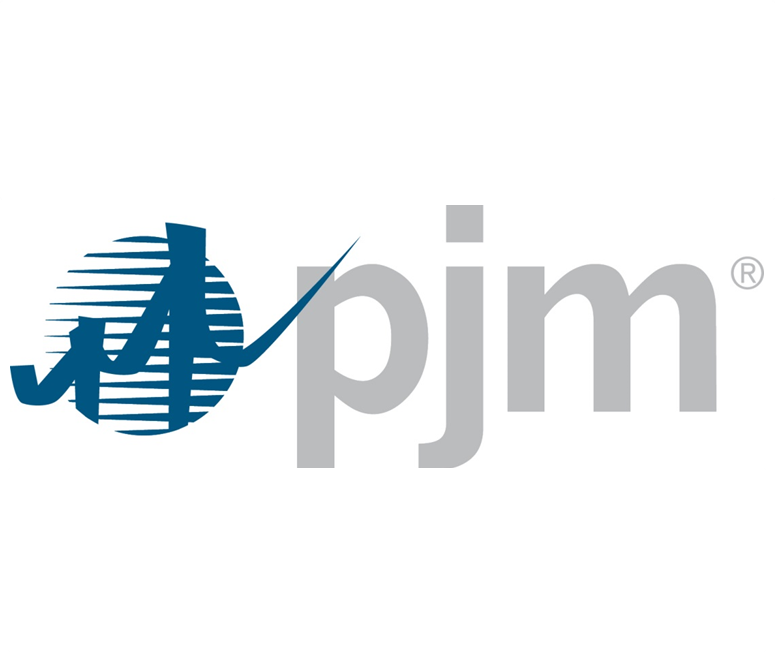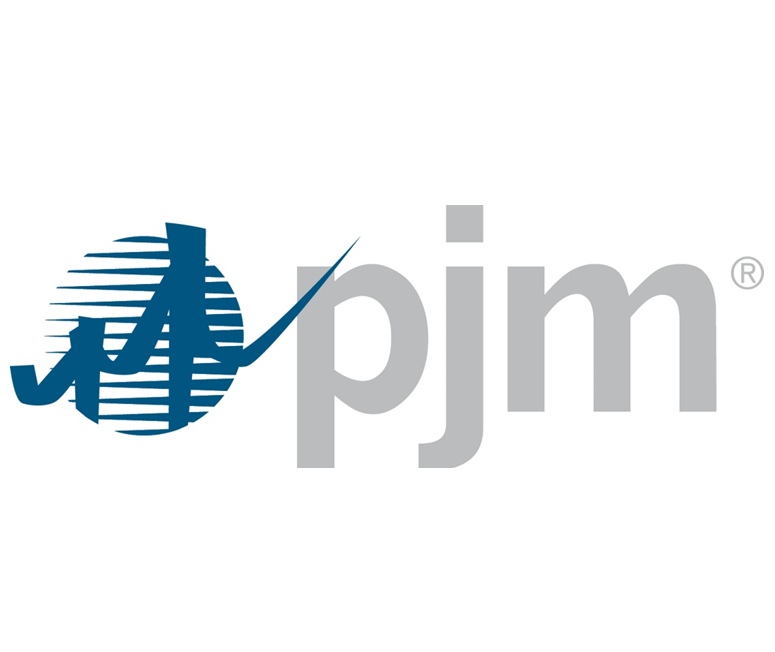PJM Interconnection LLC (PJM) has been worried that certain state subsidies harm the competitiveness of capacity auctions within its territory. PJM serves as the grid operator for all or parts of Delaware, Indiana, Illinois, Kentucky, Maryland, Michigan, New Jersey, North Carolina, Ohio, Pennsylvania, Tennessee, Virginia, West Virginia and the District of Columbia. Its service area spans nearly a quarter million square miles, and a population of 65 million -- roughly 20% of the country.
In an April 9, 2018 filing submitted to the Federal Energy Regulatory Commission (FERC), PJM proposed two mutually exclusive options to protect capacity auctions from the impacts of these subsidies.[1] PJM, Capacity Repricing or in the Alternative MOPR-Ex Proposal: Tariff Revisions to Address Impacts of State Public Policies on the PJM Capacity Market,” filing before the Federal Energy Regulatory Commission, April 9, 2018, pp. 1,2 citing ISO New England, Inc., 162 FERC ¶ 61,205 at P21 (2018) (“CASPR Order”). Capacity repricing would increase the market clearing capacity price paid to all bidders that clear by adjusting bids to account for subsidies received by certain generators, though would not alter which specific bidders cleared. A second option, MOPR-Ex would adjust the bid price for subsidized resources prior to evaluating their competitiveness, changing the mix of facilities that would clear the capacity auction. In part because of the scale of PJM's service area, and in part because of the precedential nature of the case, FERC's decision on this matter can be expected to have national implications on the relative competitiveness of different energy resources and the direction of future investment.
"Fixing" subsidies requires systematic capture of all mechanisms of support
Earth Track analyzed the details of the filing to evaluate potential gaps in how subsidies were defined and whether those gaps might have unequal impacts on different fuel cycles. The review incorporated updated information on state-level supports to fossil fuels compiled by the OECD; state and local subsidies to local industry compiled by Good Jobs First, a DC-based organization; and other resources.
Earth Track's summary report to Sierra Club can be accessed here. The full comments by Sierra Club and othersThe filing was submitted by the Sustainable FERC Project, Sierra Club, Natural Resources Defense Council, and Environmental Defense Fund can be accessed here. The full comments to FERC include not only the Earth Track report, but some interesting analysis on how generators might game the new capacity bidding structures in a manner that drives up costs and reduces pricing transparency.
PJM’s proposal describes the types of subsidies that would be “actionable” under its proposals, including policy types, materiality, and exclusions. Their description of which subsidies are actionable initially seems broad enough to capture most types of potential subsidy. However, exclusions added just a few paragraphs later winnow down coverage in ways that are likely both material and unequal in how they affect different fuel cycles.
These exclusions will likely impede PJM’s core objective of ensuring competitive, nondiscriminatory auctions in the wholesale capacity market. Because subsidies flow to all forms of generation, and nearly every upstream and downstream stage of each power-related fuel cycle as well, a comprehensive review process is needed if PJM is to address these subsidies in a neutral way. Key findings of our analysis include:
- Blanket exclusion of federal and many state and local subsidies will reduce the accuracy of subsidy screening significantly. PJM excludes all federal subsidies, and any state or local support that is in place for regional economic development or to convince a plant to locate (or stay) in a particular region. Federal subsidies can be both large and highly targeted to an industrial facility. State and local subsidies excluded on the basis of their stated purpose can also be very large. They may represent multiple state programs, originating from more than one agency – some of which may be excluded and others not based on the PJM proposal. In all of these areas, it is the scale of support rather than the justification for granting it that will drive capacity market distortions.
- Revenue-based metrics for actionable subsidies need to be broadened to incorporate cost- and risk-reducing subsidies. Subsidies operate using three main levers: boosting revenues, reducing costs, and reducing the volatility of expected return by absorbing or capping credit, liability, or other business risks. The PJM proposal, as currently worded, focuses only on revenues and as a result will not treat different power sources equally. If a policy of mitigating subsidies is to be pursued, then the materiality test should shift from 1% of revenues to “a subsidy equal in magnitude to one percent of revenues” to incorporate the broad array of subsidy mechanisms.
- Purchase mandates are one technique of many that governments use to transfer value to the energy sector; subsidy screening needs to incorporate all of them. Not every form of electrical power has the same cost structure. Some are capital-intensive, rolling out new technologies, or face long or uncertain build times. Others require complex fuel supply chains, have risks of severe accidents, or significant and complex post-closure concerns. Still others have variability in their ability to produce electricity. As a result of these differences, the importance of particular types of subsidy support varies significantly across fuels, and rules that by definition or effect limit review to a small subset of subsidy approaches will materially disadvantage some energy resources over others.
- PJM’s current focus almost entirely on purchase mandates will understate the level of subsidies to other forms of energy. In addition, where interventions are focused on internalizing environmental or health externalities that are not being addressed in other ways, PJM needs to evaluate the impact on efficiency using more than just generator costs of operation.
- Large subsidies to upstream or downstream fuel cycle steps need to be addressed to determine when a subsidy should be actionable. These types of supports are most relevant regarding subsidies to coal and natural gas extraction and transport; coal mine land reclamation; large state support to ancillary infrastructure to move or process fuels; or state subsidy for high risk, long-term parts of the nuclear fuel cycle.
- Subsidy combinations matter. If there are multiple subsidies flowing to the same beneficiaries that in total exceed PJM’s action threshold of support equal to 1% of revenues, these should be reviewed as a group for action even if individually they don’t hit 1%. Subsidy “stacking” is common across the world, and it is the joint effect of multiple subsidies that will drive the distortions in market behavior.
- Test case illustrates the importance of a more systematic inclusion of subsidies as potentially subject to PJM action. A test case relating to tax exemptions for coal in the state of Pennsylvania indicates that more subsidies than just purchase mandates would exceed the PJM’s proposed revenue threshold. Additional analysis would likely illustrate a similar situation in multiple other parts of PJM, though this one example is useful in illustrating why a narrow focus on purchase mandates will be insufficient in addressing potential distortions.




